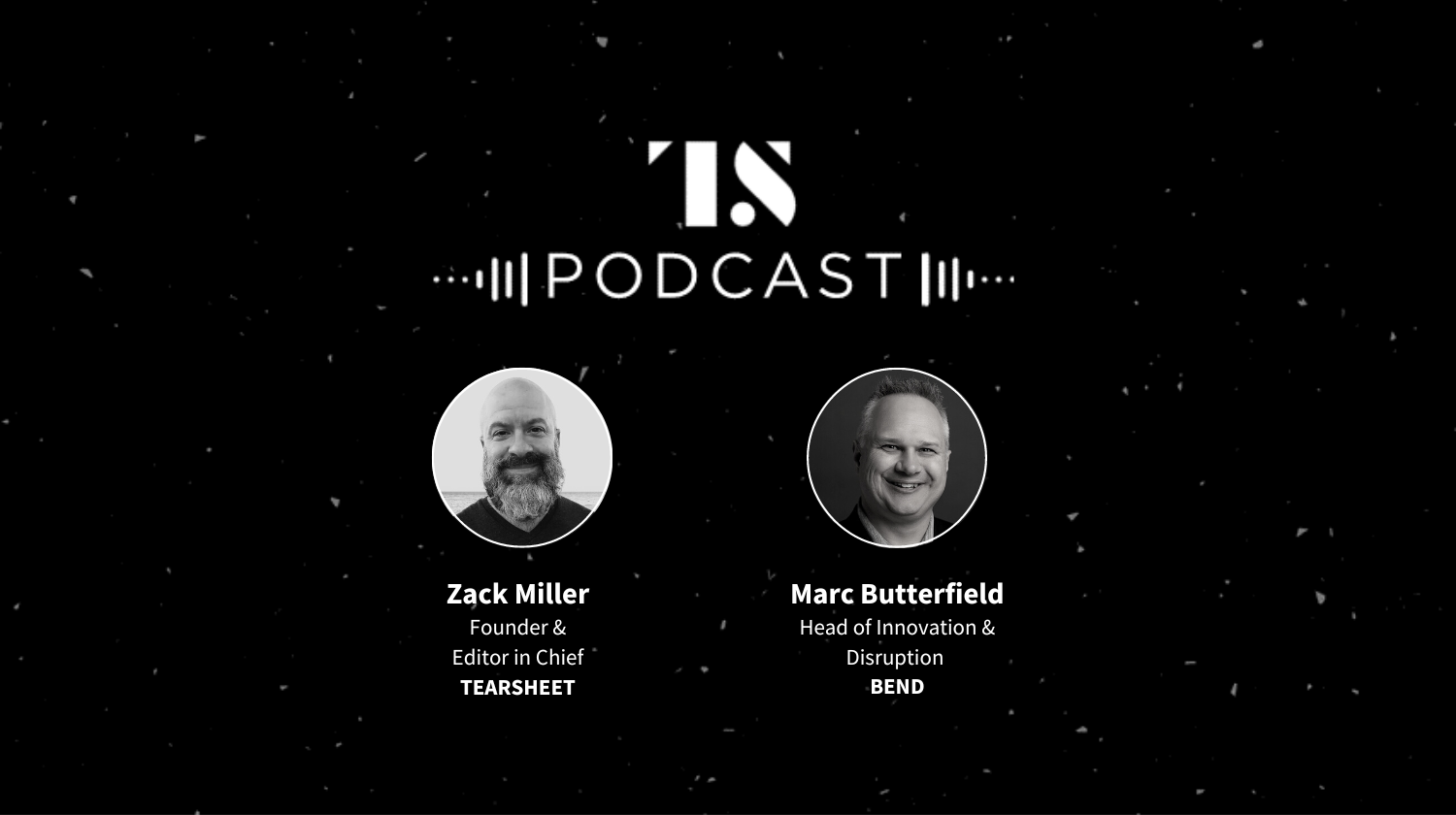Podcasts
How FNBO built Bend, an in-house credit card as a service offering with Marc Butterfield
- Stories about a traditional institution evolving into something new are compelling – it’s just really hard to do.
- FNBO’s Marc Butterfied joins us on the podcast to discuss Bend, the bank’s in-house credit card as a service offering, and its work with Greenlight to launch a credit card used by families and kids.









